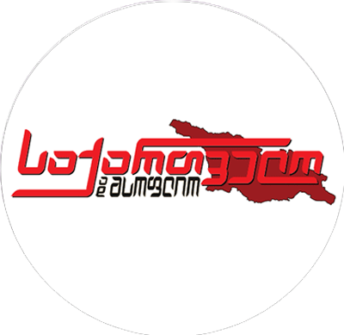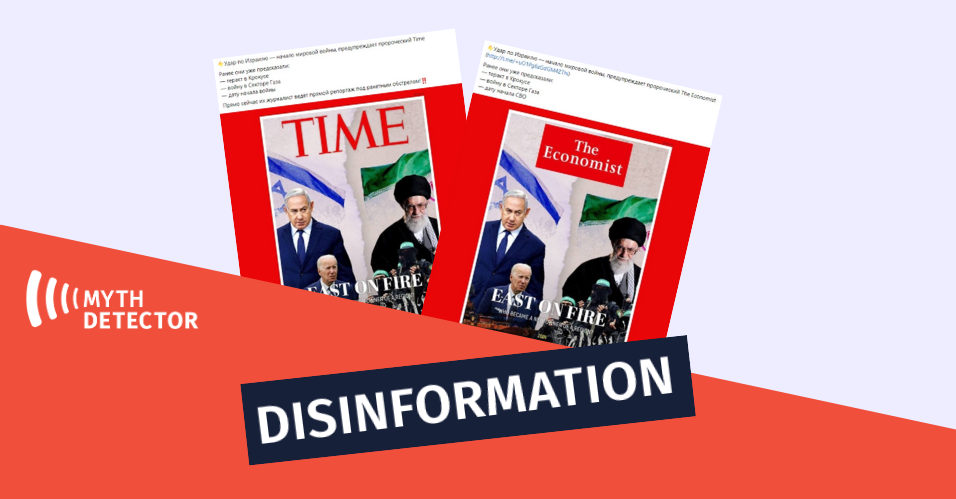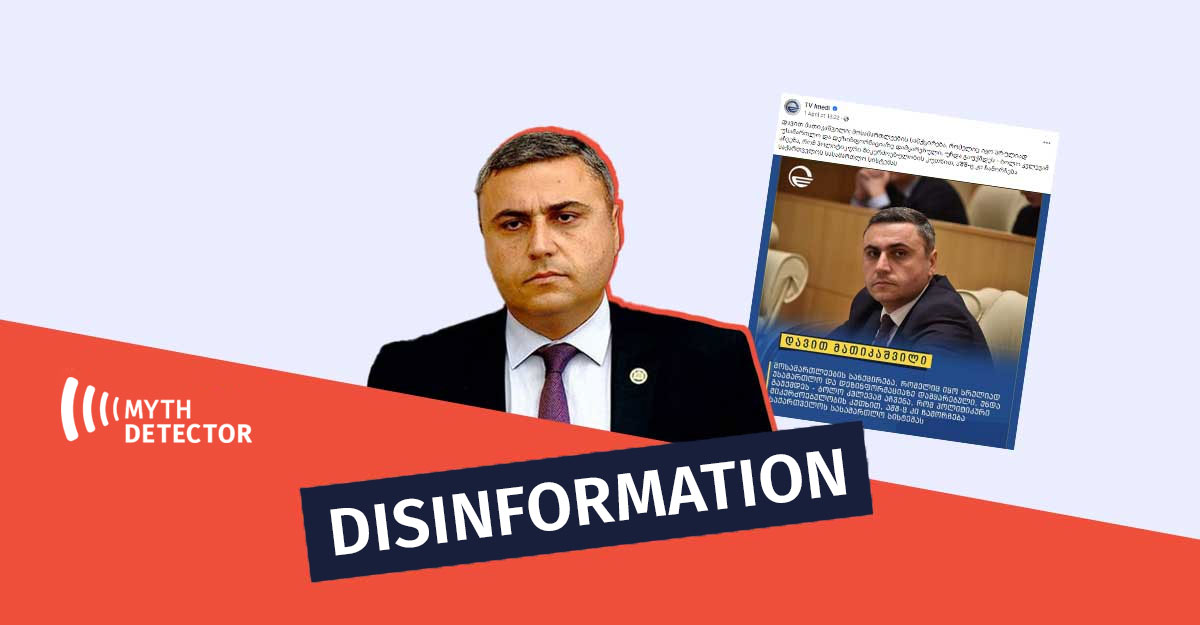On June 16, 2016 Georgia and the World posted on its website a translated extract from the book “Crisis: How is it done?” by Nikolai Starikov, which says:
“Drug production increased 40 times in Afghanistan following the U.S. military intervention. The Taliban curbed opium poppy cultivation, but “the fighters against international terrorism” turned Afghanistan into the largest producer of “white death.”
In addition, on July 7, 2016 the same website posted an article titled “Fairy tale about independence and chattering about democracy”, which reads:
“How can we talk about fighting terrorism, when drug production increased in Afghanistan 40 times after the United States intervened in the country.”
A web portal ‘Georgia and the World’ does not cite any sources when providing the above mentioned statistics. The research has revealed that Russian government-owned news agency RT (Russia Today) disseminated information in April 2013 according to which drug production increased 40 times in Afghanistan after the U.S. troops intervened in the country. RT quotes Victor Ivanov, the head of Russia’s Federal Drug Control Service, as saying that “heroin production in Afghanistan increased 40 times since NATO began its ‘War on Terror’ in 2001.”
The United Nations Office on Drugs and Crime (UNODC) produces and disseminates accurate statistics on opium poppy cultivation and opium production in Afghanistan. According to the data for 2015, net opium poppy cultivation decreased by 19% compared to previous year that was followed by 40% growth in opium eradication.
As far as opium production is concerned, compared to 2014 its production decreased by 48% in 2015- if in 2014 potential production was 6 400 tons, in 2015 this figure decreased to 3 300 tons. According to UNODC’s statistics, in 2002 production increased significantly compared to 2001 – only 185 tons of opium was produced in 2001 and in 2002 this figure increased to 3 400 tons. It should be noted that compared to previous years, sharp decrease in production was observed in 2001, while in 2002 production rates returned to average amount of 1994-2000 years.
Thus, information that drug production increased 40 times in Afghanistan following the U.S. military intervention is false.
U.S. counternarcotics policy in Afghanistan
The initial objective of the U.S. intervention in 2001 was to degrade al Qaeda capabilities and institute regime change in Afghanistan. Dealing with the illicit economy was not considered to be integral to the military objectives. Under a concept of “lead nations” for the international assistance mission in Afghanistan, with a specific country being responsible for reconstruction in a specific sector, Britain was tasked in 2002 with counternarcotics. Britain at first deployed a compensated eradication program. Thus, during the 2002-2003 poppy growing season, Britain promised to pay US$350 to farmers for each jerib (unit of area) of poppy they themselves eradicated. But the policy was aborted in less than a year citing corruption reasons. Between 2004 and 2009, manual eradication was carried out by central Afghan units trained by Dyncorp, as well as by regional governors and their forces. It was believed for years that the only goal of the U.S policy was to reduce poppy cultivation. But it should be noted that with the U.S. support, the Islamic Republic of Afghanistan developed a comprehensive National Drug Control Strategy that includes institutional capacity-building, law enforcement and interdiction, demand reduction and treatment, criminal justice reform, public education, etc.
The United States spent about USD 8 billion on its counternarcotics policy in Afghanistan. Critics suppose that the United States did not use its resources purposefully and it would have been better if it had used these resources for fighting the Taliban. It should be noted that the Taliban insurgency and opium trade are closely related. Poppy cultivation and insurgent violence were correlated geographically and opium provided the Taliban with a significant portion of its revenues.
























